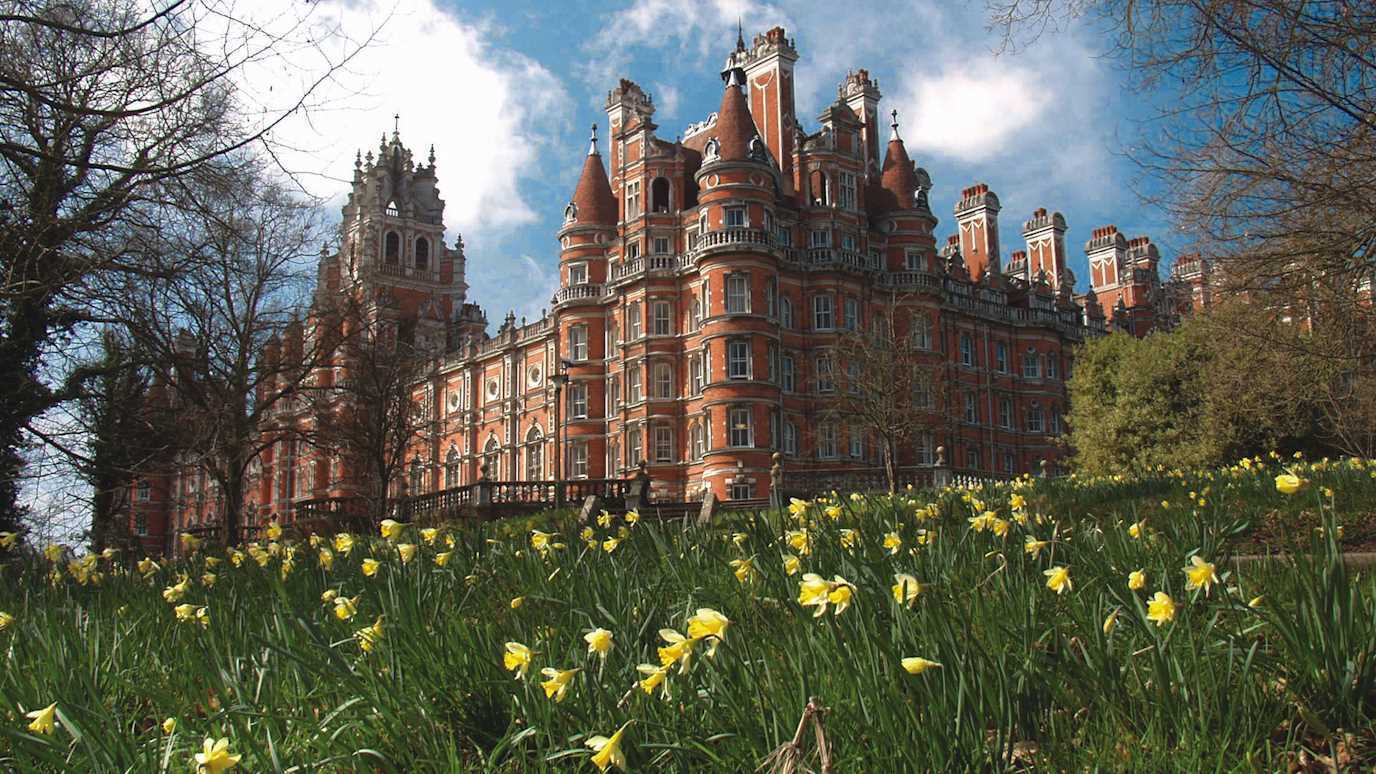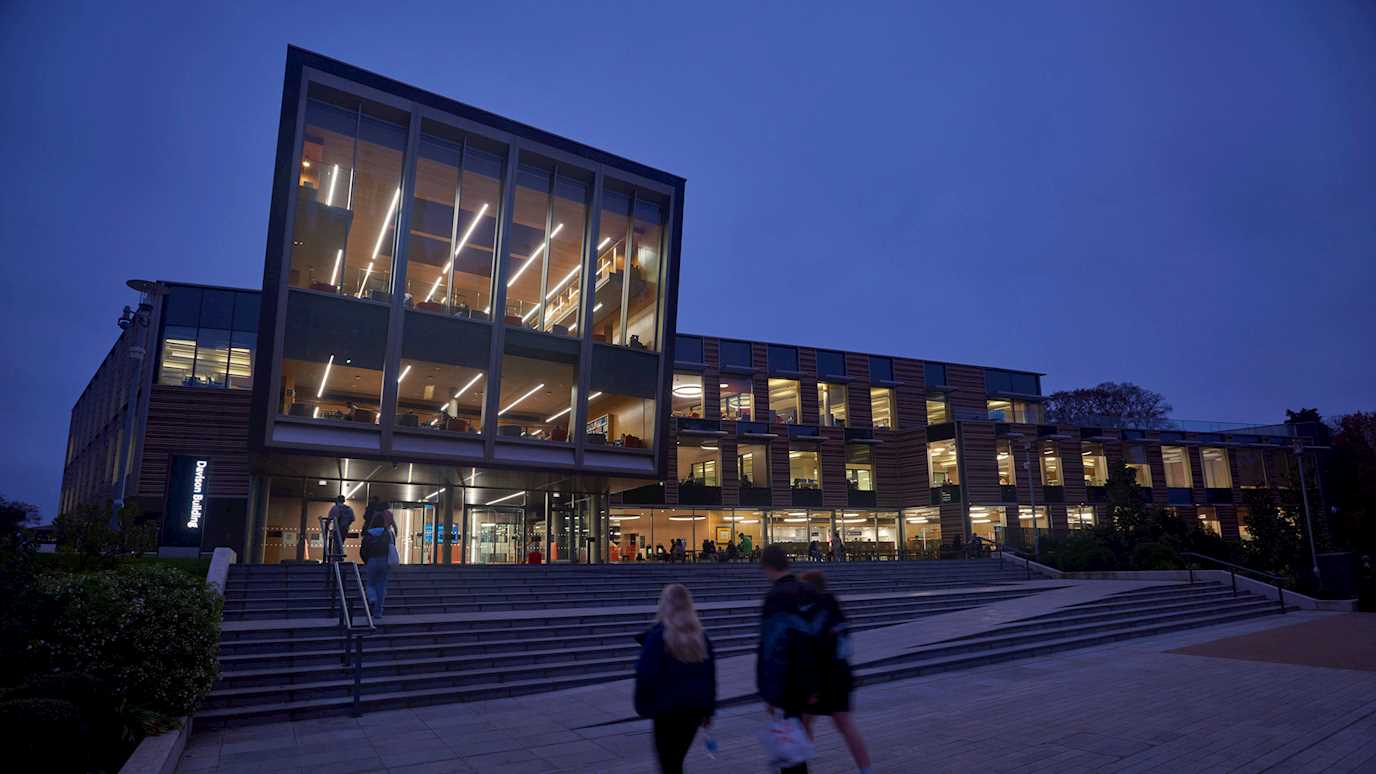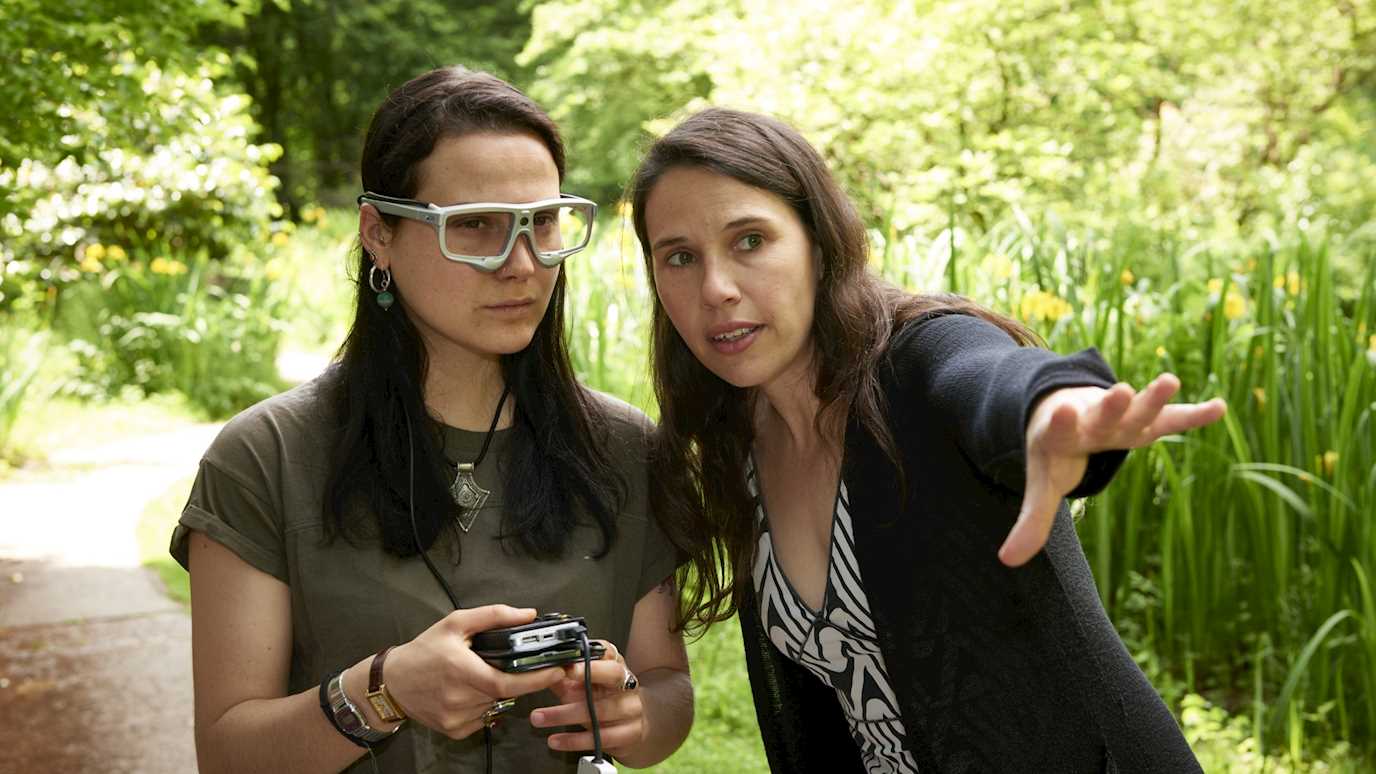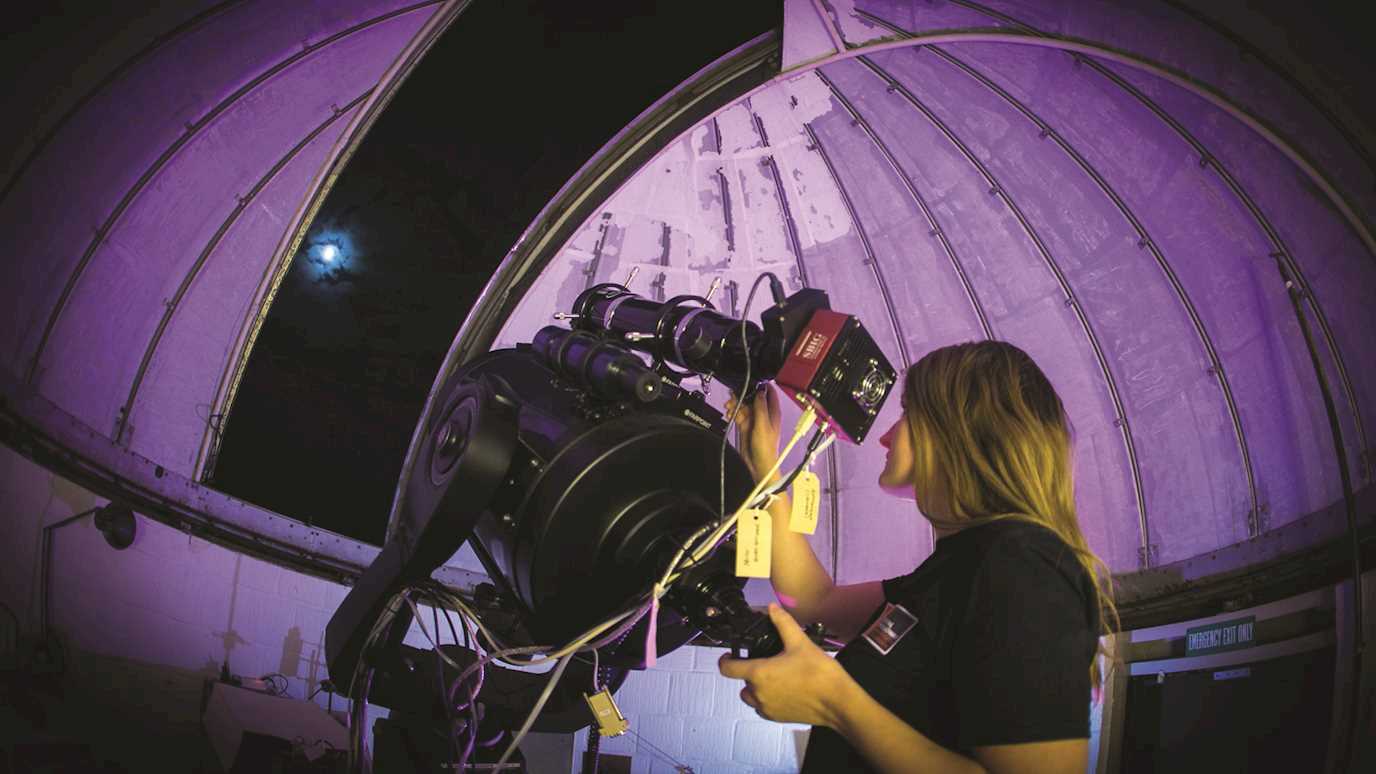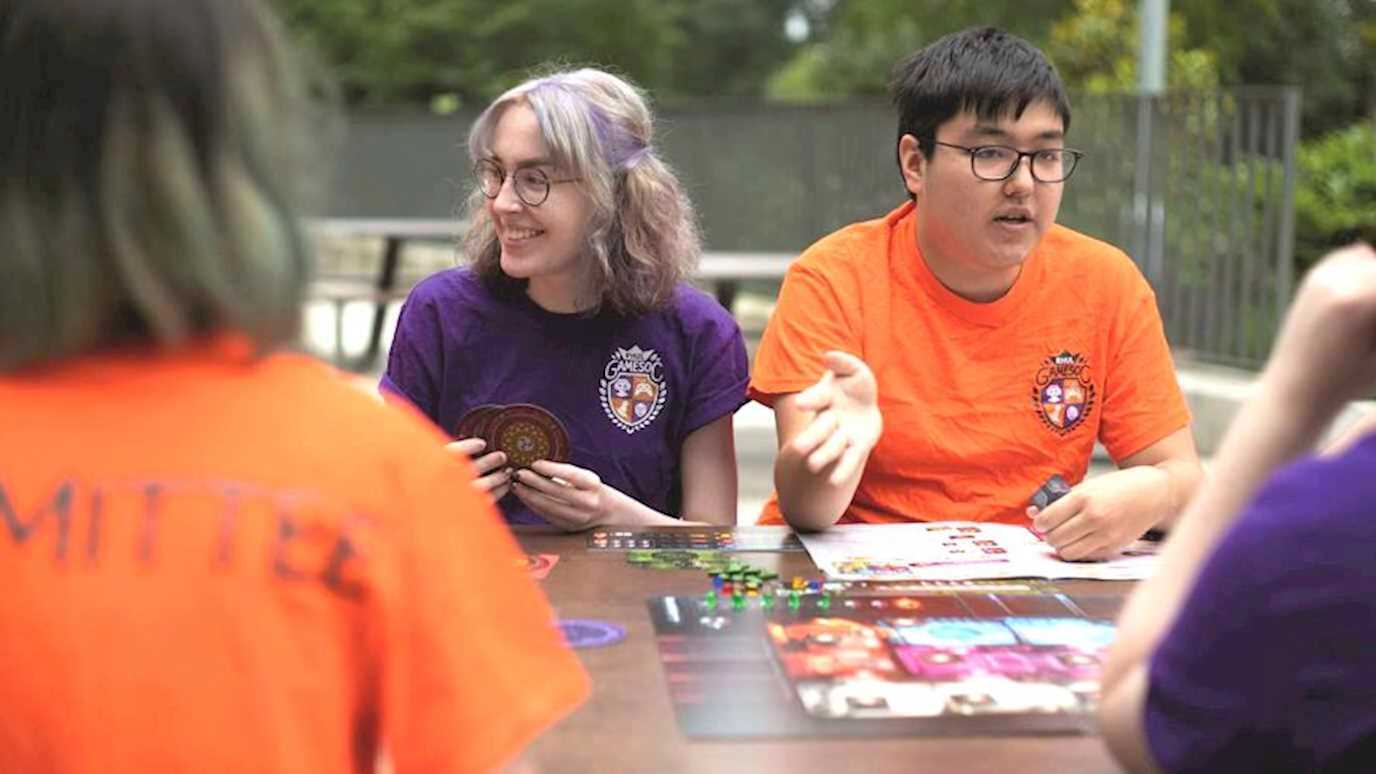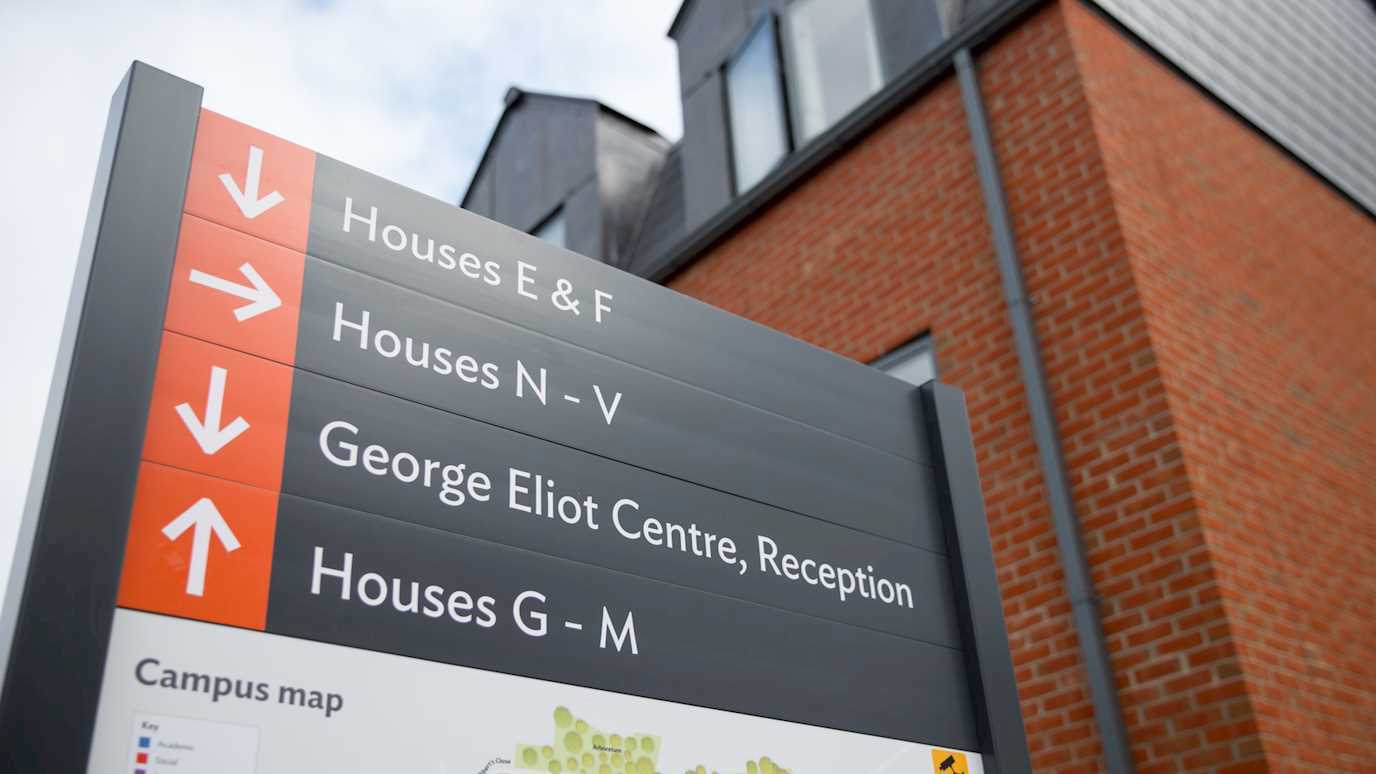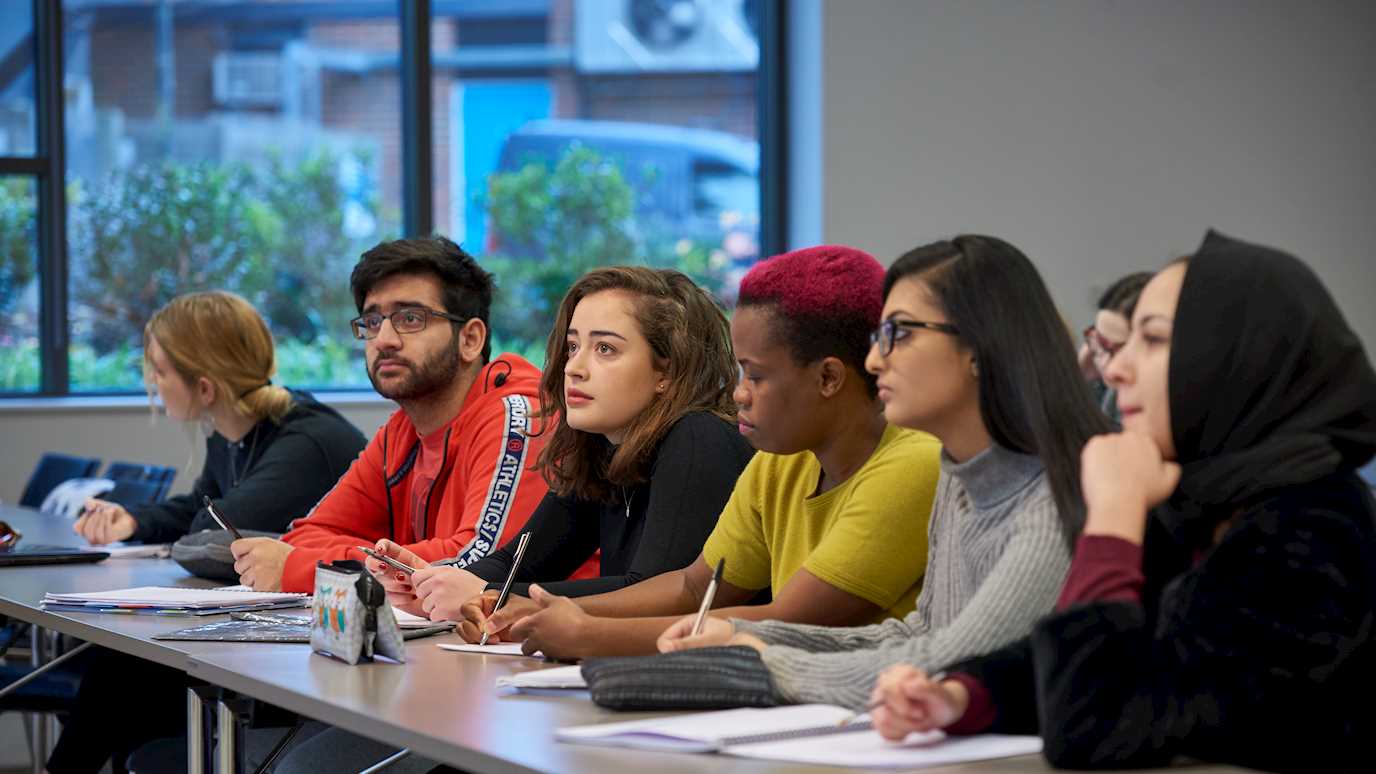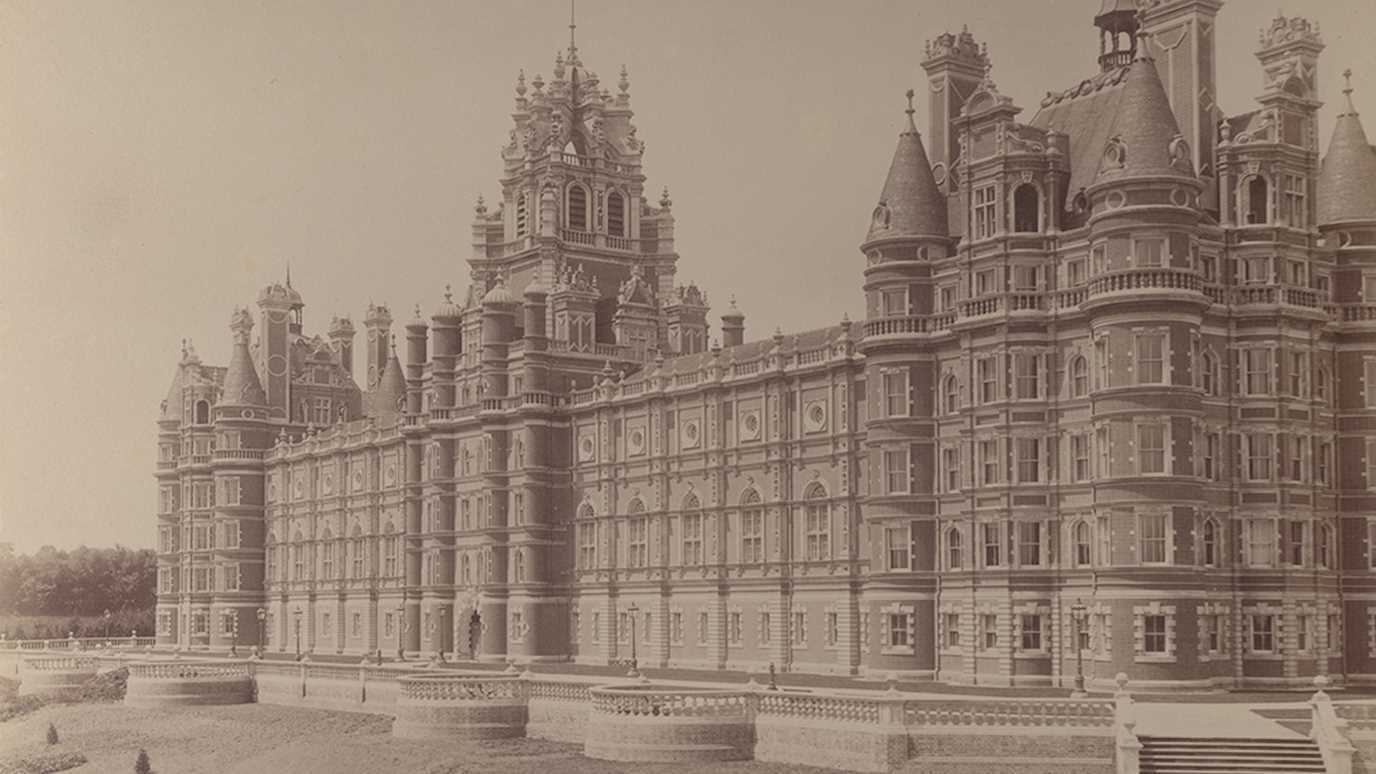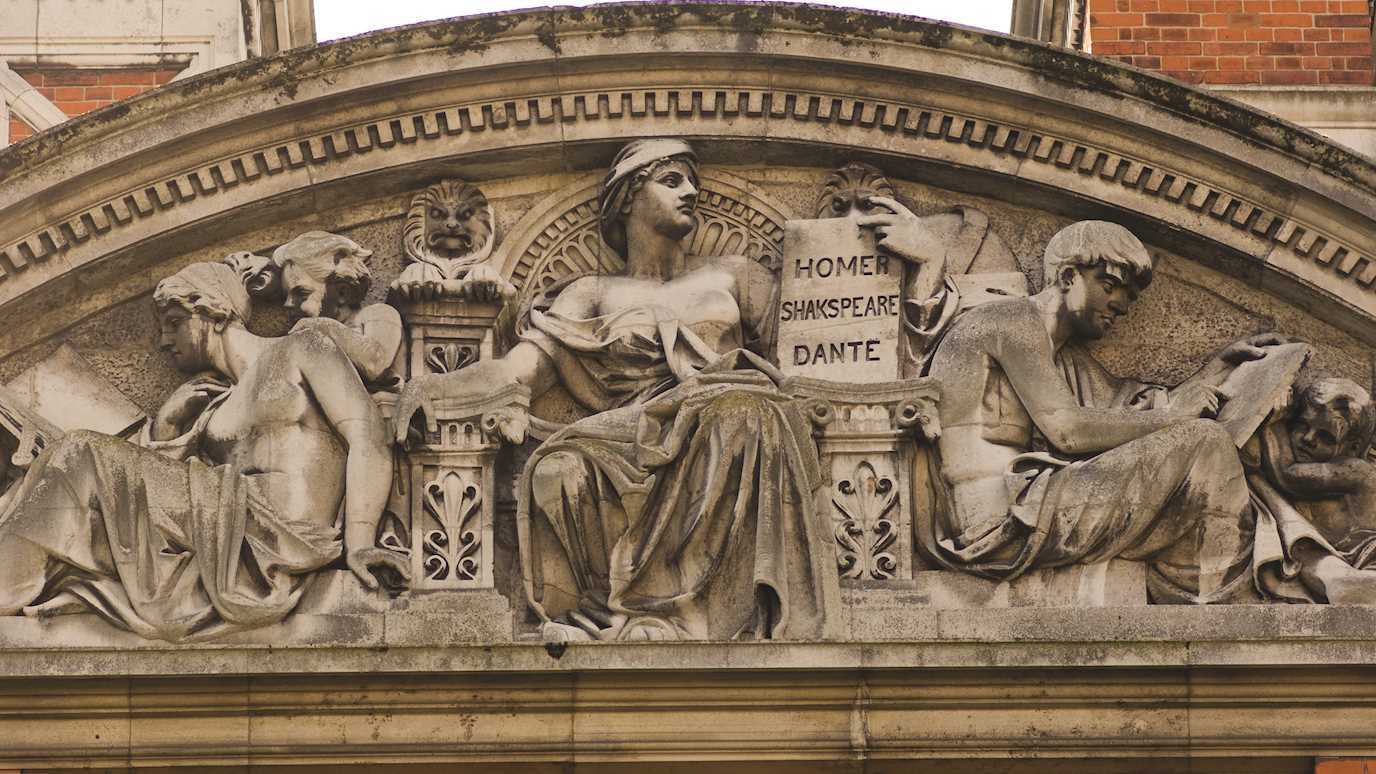Superfluid helium-3 under regular confinement
Dr Lev Levitin (Royal Holloway University of London)
Superfluid phases of helium-3 are spectacular materials manifesting many types of broken symmetries and topological order, owing to the internal degrees of freedom of the spin-triplet p-wave Cooper pairs. Under confinement the surface pair-breaking has strong influence on the phase diagram and the properties of the superfluid phases.
I will present the experimental studies of helium-3 confined in nanofabricated cavities with slab geometry of thickness 0.2-1 micron, comparable to the size of Cooper pairs. Our ultra-sensitive techniques include SQUID NMR and torsional oscillator mass transport measurements. The recent results include a demonstration of tuning pair-breaking by coating cavity walls with precisely controlled amounts of helium-4, and evidence for a spatially-modulated phase, related to the long sought-after Fulde-Ferrell-Larkin-Ovchinnikov state in superconductors. While most our results are in good agreement with the p-wave BCS theory, we find that the relative stability of different superfluid phases is extremely sensitive to the strong coupling effects.
This work opens the prospect of studying the contribution of Andreev surface-and edge-bound states to the thermal transport under confinement, and search for new superfluid phases approaching the 2D limit.


